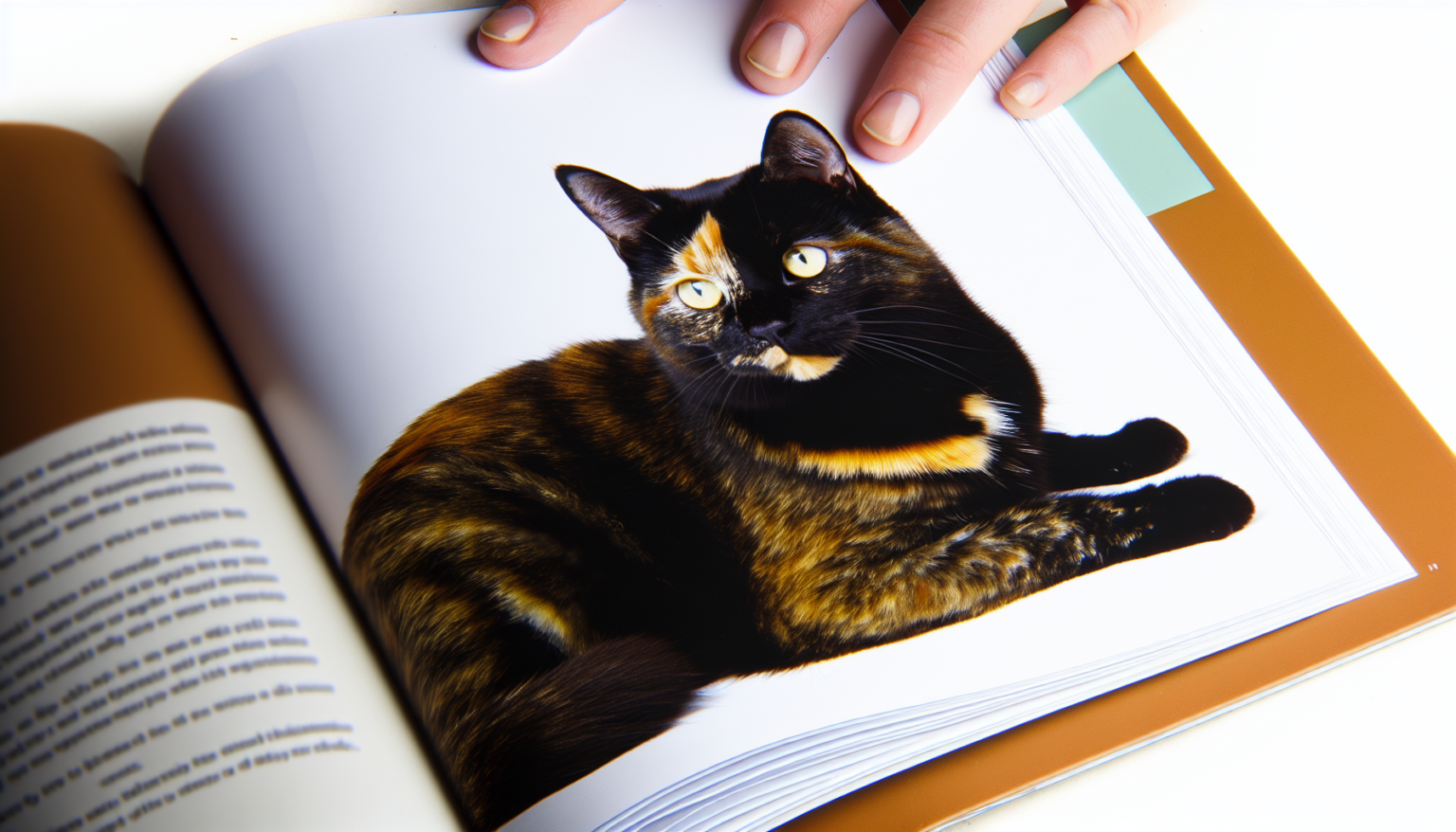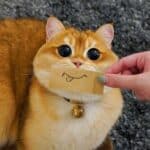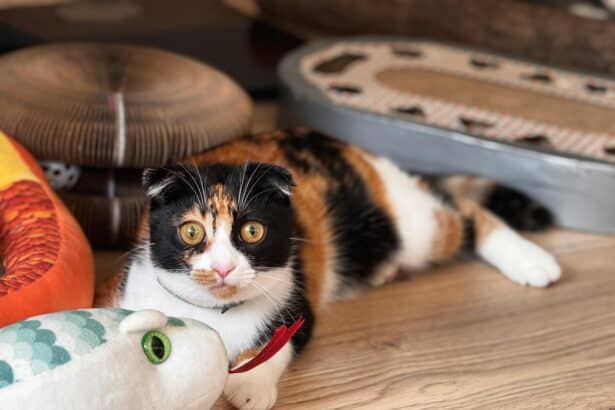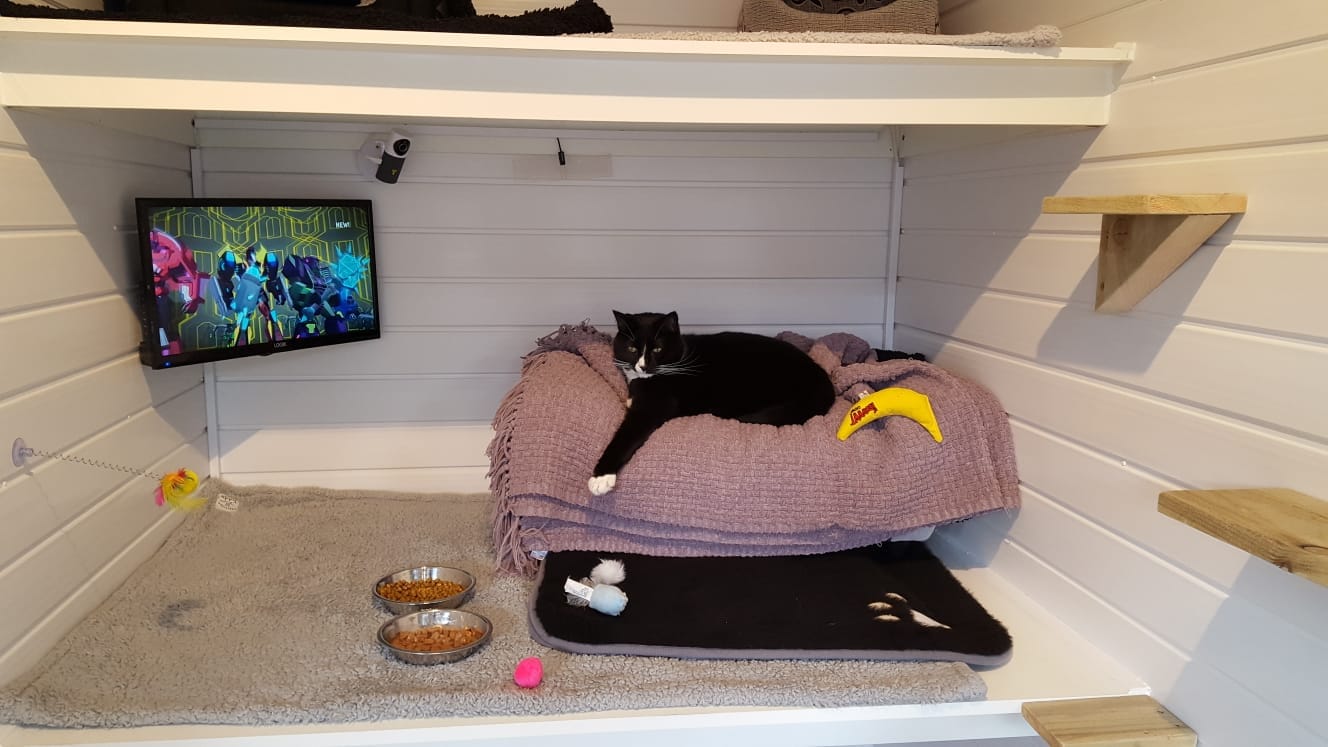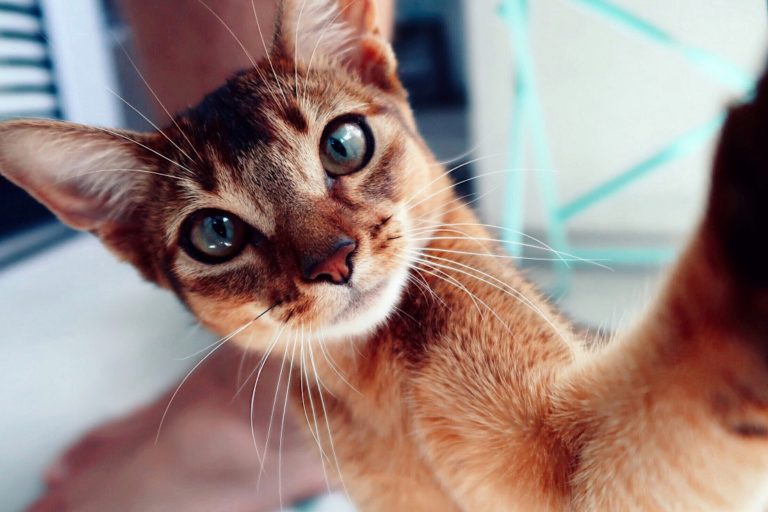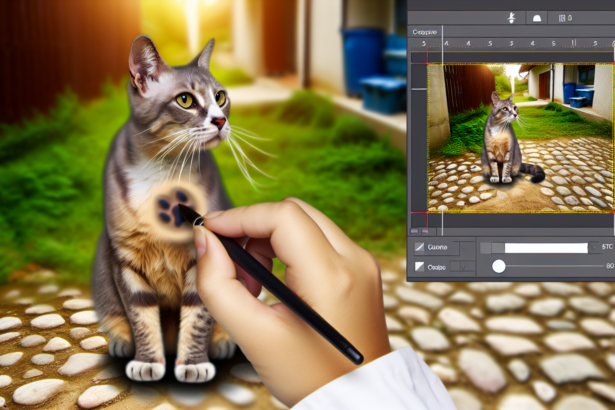History and origin of the tortoiseshell cat
As fascinating as they are mysterious, tortoiseshell cats, affectionately known as “torties”, have a deep and complex history. Their origins can be attributed to different parts of the world, including Japan and the UK. In both regions, they are found in ancient legends and superstitions. In Japan, for example, these cats were believed to ward off evil spirits. Similarly, in England, sailors used to keep a tortoiseshell cat in their ships to ward off evil spirits and ensure safe navigation.
However, what makes tortoiseshell cats even more special is their gender ratio. Due to a particular genetic configuration, most tortoiseshell cats are female. Finding a male among them is as unlikely as winning the lottery, which makes these unique little animals all the more fascinating.
Physical characteristics of the tortoiseshell cat
The most striking feature of tortoiseshell cats is undoubtedly their coat. Featuring a delightful color palette ranging from vivid oranges to deep browns and glossy blacks, each cat has a totally unique pattern combination. Their markings are intricately blended, often with hints of cream and fawn spread across their bodies. This makes them almost living works of art. What’s more, their coats are low-maintenance, although light combing to remove excess hair can be beneficial.
In terms of size, tortoiseshell cats are generally medium-sized. They are well-proportioned with an elegant, muscular silhouette. Their weight generally varies between 3 and 6 kg, which puts them in the middle range for domestic cats.
Understanding the behavior and personality of the tortoiseshell cat
While the physical aspects of tortoiseshell cats are certainly remarkable, it’s their personality that really turns heads. Sometimes described as possessing “tortitude”, these surprising little creatures are known for their rather assertive behavior. If you’re looking for a shy, discreet cat, the tortoiseshell is probably not for you.
Social and active, they enjoy interacting with their human family. This means they love to play and will often seek to be the center of attention at home. However, they also have a penchant for independence, which means they also enjoy their solitude from time to time. What’s more, although they can be a bit temperamental, these cats are generally peaceful with other pets in the house. However, it’s important to make the right introductions to facilitate a harmonious cohabitation, as this article on how to introduce a new pet into the home highlights.
Tips for the care and health of tortoiseshell cats
When it comes to maintenance, tortoiseshell cats are not particularly demanding. Their coats can become shiny with regular brushing, but even without brushing, their coats generally remain clean and healthy. It’s important to note that these cats have a higher risk of dental disease, so it’s vital to ensure good dental hygiene.
Tortoiseshell cats need a balanced diet to support their physical activity and overall good health. Your cat’s weight should always be checked by a professional, to avoid overweight. More advice on cat nutrition can be found in this guide to feeding your cat.
Conclusion
In conclusion, the tortoiseshell cat is an ideal choice of companion for those looking for a memorable, one-of-a-kind companion. Their fabulous beauty, dynamic behavior and strong personalities make them very loving and fun pets. Just as every paw print is unique, every tortoiseshell cat has its own personality. Whether you already own one or are thinking of adopting one, one thing’s for sure: these incredibly special cats will leave an indelible mark on your life.


